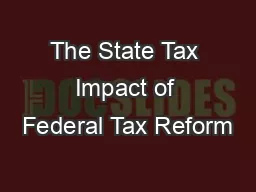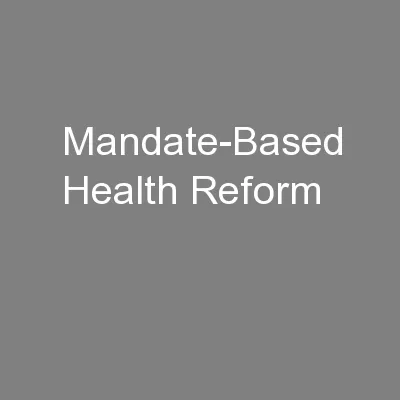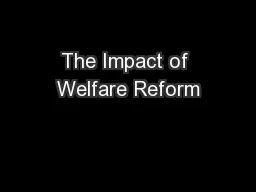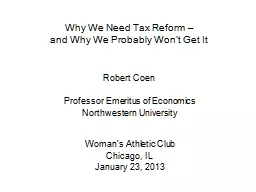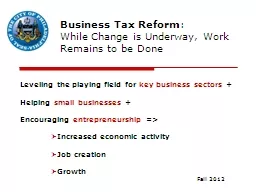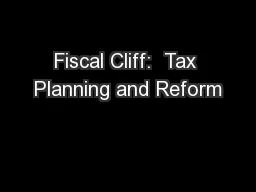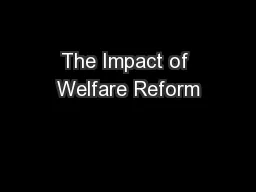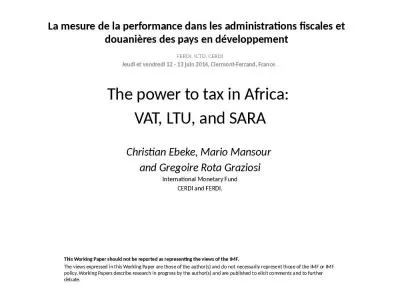PPT-The State Tax Impact of Federal Tax Reform
Author : cheryl-pisano | Published Date : 2019-12-11
The State Tax Impact of Federal Tax Reform 2017 SEATA Conference New Orleans Louisiana July 11 2017 Karl Frieden VP amp General Counsel Council On State Taxation
Presentation Embed Code
Download Presentation
Download Presentation The PPT/PDF document "The State Tax Impact of Federal Tax Refo..." is the property of its rightful owner. Permission is granted to download and print the materials on this website for personal, non-commercial use only, and to display it on your personal computer provided you do not modify the materials and that you retain all copyright notices contained in the materials. By downloading content from our website, you accept the terms of this agreement.
The State Tax Impact of Federal Tax Reform: Transcript
Download Rules Of Document
"The State Tax Impact of Federal Tax Reform"The content belongs to its owner. You may download and print it for personal use, without modification, and keep all copyright notices. By downloading, you agree to these terms.
Related Documents

